The Electronically Scanned Array Market is characterized by a dynamic competitive landscape, driven by advancements in radar technology, increasing defense budgets, and the growing demand for sophisticated surveillance systems. Key players such as Northrop Grumman (US), Raytheon Technologies (US), and Thales Group (FR) are at the forefront, each adopting distinct strategies to enhance their market positioning. Northrop Grumman (US) focuses on innovation and technological advancements, particularly in developing next-generation radar systems, while Raytheon Technologies (US) emphasizes strategic partnerships and collaborations to expand its product offerings. Thales Group (FR) is actively pursuing regional expansion, particularly in Asia-Pacific, to tap into emerging markets, thereby shaping a competitive environment that is increasingly collaborative yet fiercely competitive.
In terms of business tactics, companies are localizing manufacturing and optimizing supply chains to enhance operational efficiency and reduce costs. The market structure appears moderately fragmented, with several key players exerting considerable influence. This fragmentation allows for a variety of competitive strategies, as companies seek to differentiate themselves through innovation and customer-centric solutions.
In November 2025, Northrop Grumman (US) announced a partnership with a leading technology firm to develop AI-driven radar systems aimed at enhancing target detection capabilities. This strategic move is likely to bolster Northrop Grumman's position in the market by integrating cutting-edge technology into its product line, thereby addressing the increasing demand for advanced surveillance solutions.
In October 2025, Raytheon Technologies (US) secured a contract worth $500 million to supply electronically scanned array systems to a major defense contractor. This contract not only underscores Raytheon's robust market presence but also highlights its ability to secure significant government contracts, which are crucial for sustaining growth in a competitive landscape.
In September 2025, Thales Group (FR) launched a new line of compact electronically scanned array systems designed for naval applications. This product launch is indicative of Thales's commitment to innovation and its strategic focus on diversifying its product portfolio to meet the specific needs of maritime defense, thus enhancing its competitive edge.
As of December 2025, current trends in the Electronically Scanned Array Market include a pronounced shift towards digitalization, sustainability, and the integration of AI technologies. Strategic alliances are increasingly shaping the competitive landscape, as companies recognize the value of collaboration in driving innovation. Looking ahead, competitive differentiation is expected to evolve, with a notable shift from price-based competition to a focus on technological innovation, reliability in supply chains, and the ability to deliver customized solutions that meet the unique demands of clients.
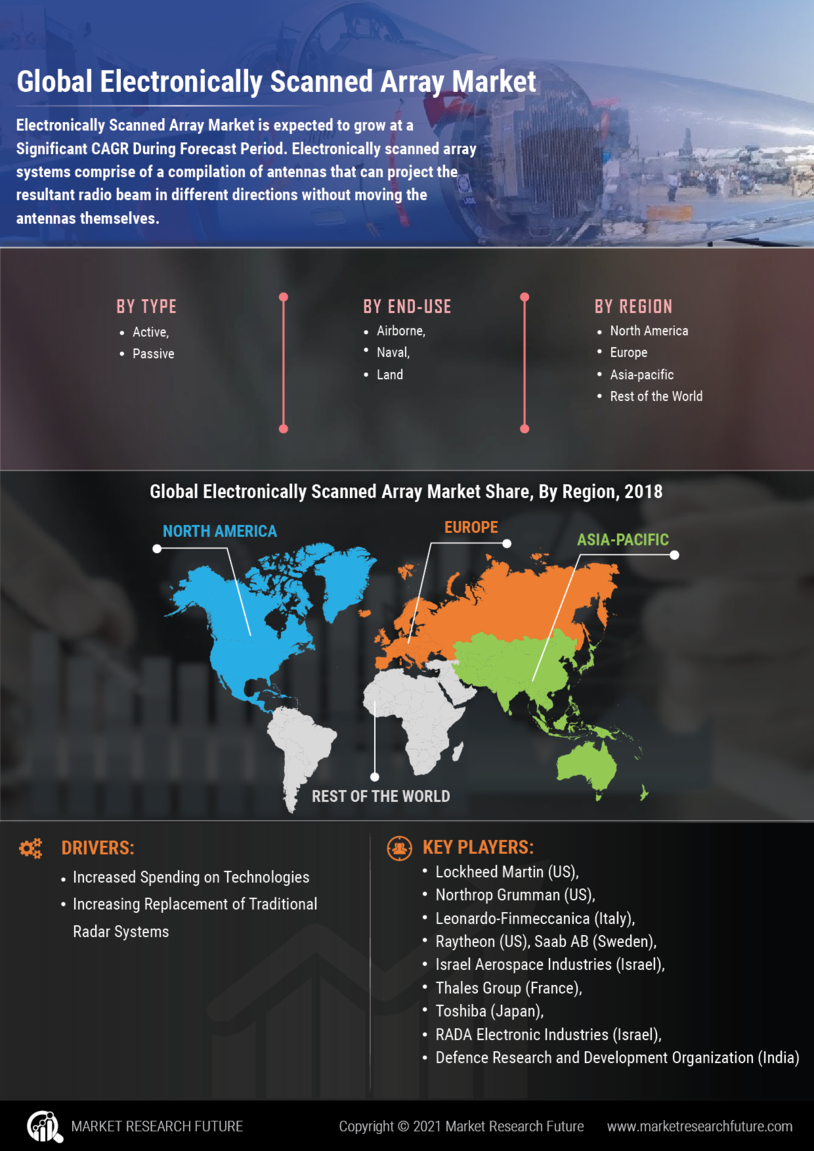

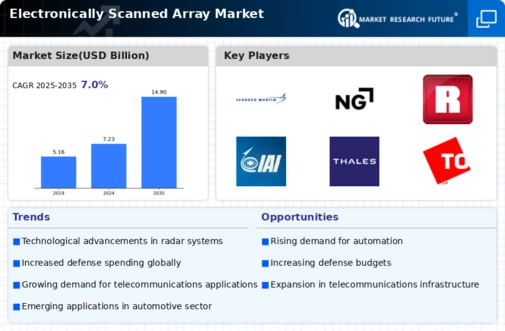
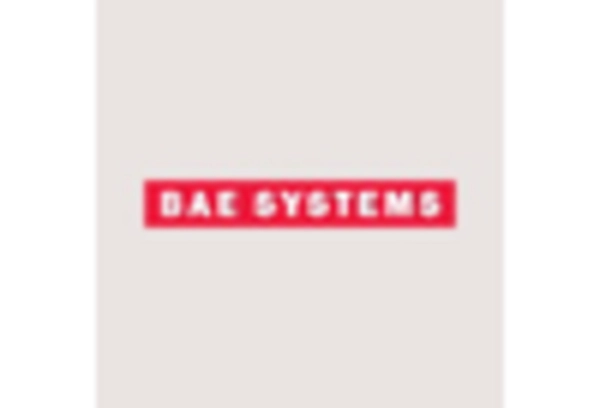

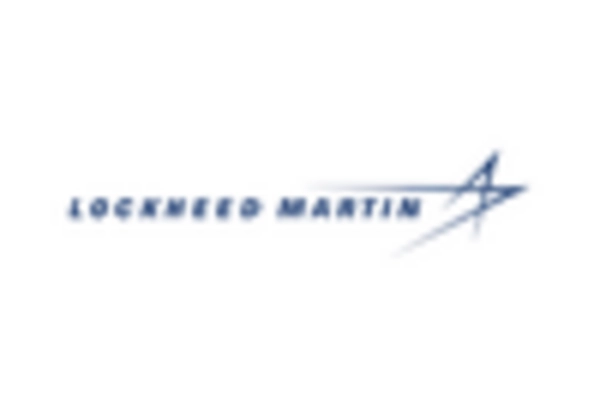
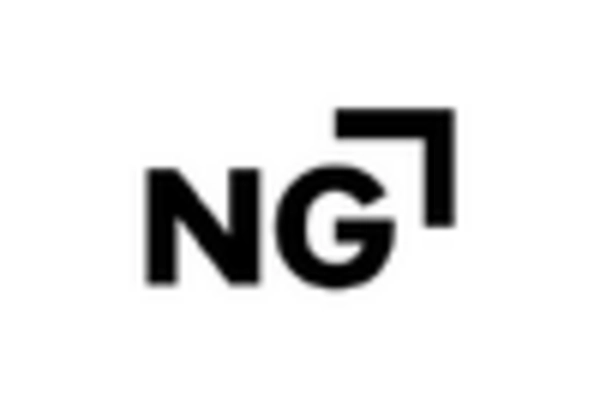

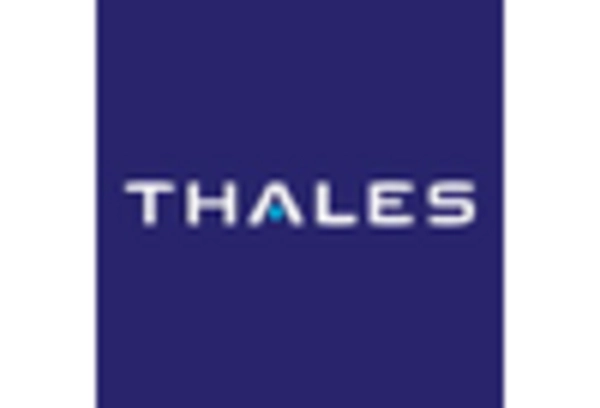








Leave a Comment